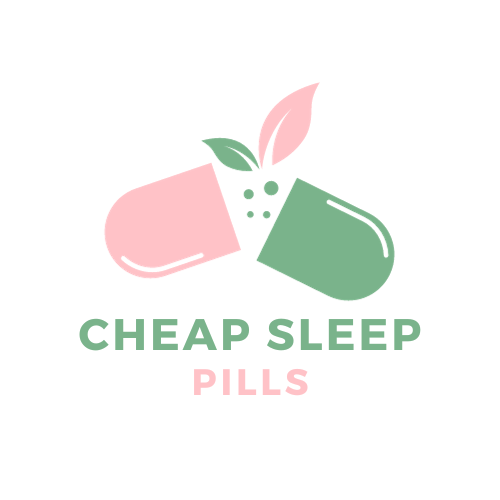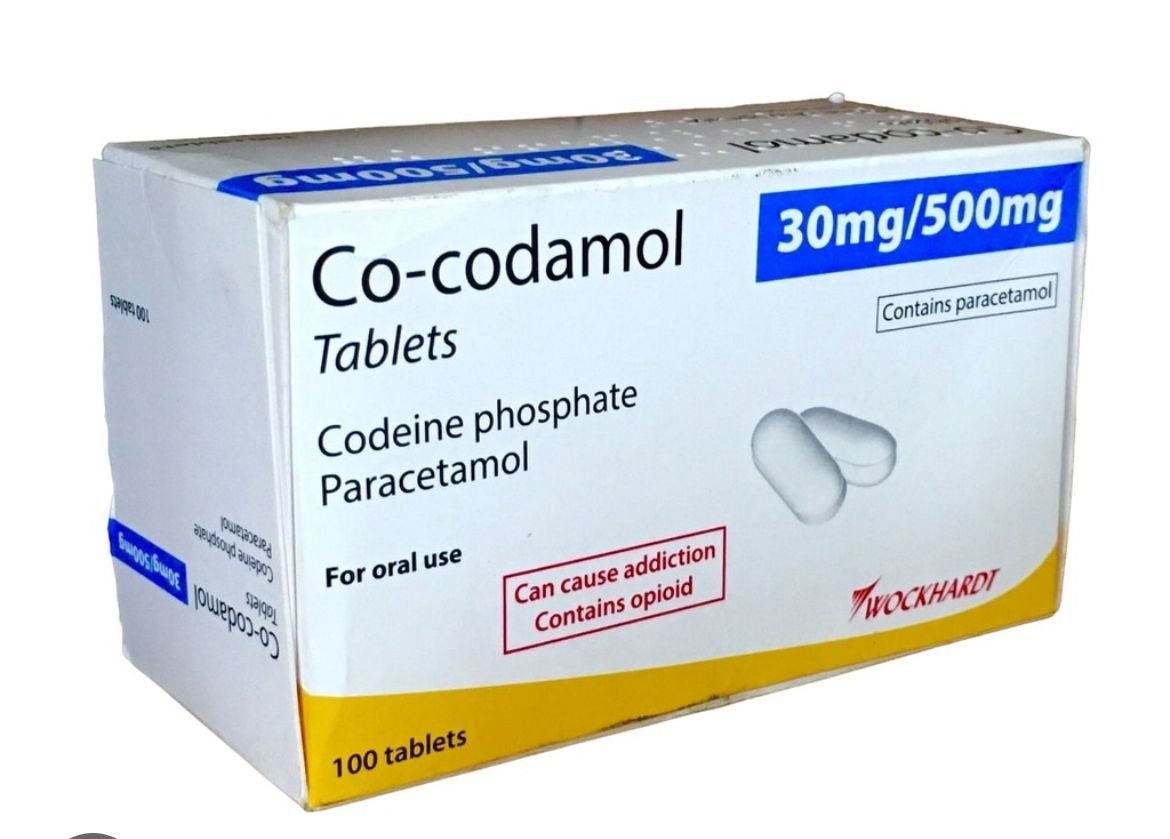

Co-codamol 30 mg
£140 – £250Price range: £140 through £250
Co-codamol is a type of painkiller. You might have it as a treatment for moderate pain. It is also known as Kapake, Solpadol and Tylex.
You pronounce co-codamol as co-co-da-mol.
Co-codamol
Co-codamol is a type of painkiller. You might have it as a treatment for moderate pain. It is also known as Kapake, Solpadol and Tylex.
You pronounce co-codamol as co-co-da-mol.
Co-codamol contains paracetamol. So don’t take co-codamol if you are already taking other medicines that contain paracetamol.
Paracetamol can hide a temperature. Take your temperature beforehand. If you have a high temperature or feel unwell contact your advice line before taking co-codamol. Some anti cancer treatments lower your ability to fight infection. So its important to know if you have a temperature.
How does co-codamol work?
Co-codamol is a combination of two drugs – paracetamol and codeine.
Paracetamol controls pain by interfering with substances that the body makes in response to injury. These substances are called prostaglandins. Prostaglandins make nerves more sensitive, so you feel pain. By reducing the amount of prostaglandin you feel less pain, or none at all.
Codeine is a type of opioid. Opioids work by mimicking the body’s natural painkillers, endorphins. They control pain by blocking pain messages to the brain. There are different types of opioids – strong ones and weak ones. Codeine is a weak opioid.
How do you have co-codamol?
You have co-codamol as tablets or capsules or as a soluble tablet (effervescent or dispersible) that you dissolve in water.
You must take tablets and capsules according to the instructions your doctor or pharmacist gives you.
You should take the right dose, not more or less.
Talk to your healthcare team before you stop taking a cancer drug, or if you have missed a dose.
How often do you have co-codamol?
Your doctor or nurse will tell you when to take co-codamol and how much to have. The normal dose for adults is 1 or 2 tablets every 4 to 6 hours. The maximum you should take is 8 in 24 hours.
Co-codamol is available in different doses. They all contain 500mg of paracetamol (the same as one regular paracetamol tablet or capsule) but the dose of codeine varies and can be 8mg, 15mg or 30 mg. The dose that is right for you will depend on the amount you need to control your pain.
You can buy small packets of the lower dose preparations over the counter. But for larger packets and higher doses, you need a prescription from your doctor.
What are the side effects of co-codamol?
How often and how severe the side effects are can vary from person to person. They also depend on what other treatment you are having.
When to contact your team
Your doctor, nurse, or pharmacist will go through the possible side effects. They will monitor you closely during treatment and check how you are at your appointments. Contact your advice line as soon as possible if:
- you have severe side effects
- your side effects aren’t getting any better
- your side effects are getting worse
Early treatment can help manage side effects better.
We haven’t listed all the side effects here. Remember it is very unlikely that you will have all of these side effects, but you might have some of them at the same time.
You might have one or more of these side effects. They include:
Bruising, bleeding gums or nose bleeds
This is due to a drop in the number of platelets in your blood. These blood cells help the blood to clot when we cut ourselves. You may have nosebleeds or bleeding gums after brushing your teeth. Or you may have lots of tiny red spots or bruises on your arms or legs (known as petechiae).
Increased risk of infection
Increased risk of getting an infection is due to a drop in white blood cells. Symptoms include a change in temperature, aching muscles, headaches, feeling cold and shivery and generally unwell. You might have other symptoms depending on where the infection is.
Infections can sometimes be life threatening. You should contact your advice line urgently if you think you have an infection.
Mild allergic reaction
You might have a mild allergic reaction during or shortly after your treatment. This could be a rash, itching or a red face.
Mood changes
Mood changes can include feeling very sad or very happy. Tell your doctor or nurse if you’re having mood changes. They can arrange for you to talk to someone and give treatment if necessary.
You may also feel confused or anxious.
Drowsiness and dizziness
This drug may make you feel drowsy or dizzy. Don’t drive or operate machinery if you have this.
Headaches
Tell your doctor or nurse if you keep getting headaches.
Changes to your hearing
You might have some hearing loss, especially with high pitched sounds. Tell your doctor or nurse if you notice any changes.
Difficulty breathing
You may have difficulty breathing with wheezing and coughing. Let your healthcare team know straight away if this happens.
Feeling or being sick
Feeling or being sick is usually well controlled with anti sickness medicines. Avoiding fatty or fried foods, try eating small meals and snacks, drinking plenty of water, and relaxation techniques can all help.
It is important to take anti sickness medicines as prescribed even if you don’t feel sick. It is easier to prevent sickness rather than treat it once it has started.
Constipation
Constipation is easier to sort out if you treat it early. Drink plenty of fluids and eat as much fresh fruit and vegetables as you can. Try to take gentle exercise, such as walking. Tell your doctor, nurse or pharmacist if you are constipated for more than 3 days. They can prescribe a laxative.
Tummy (abdominal) cramps
Tell your treatment team if you have this. They can check the cause and give you medicine to help.
Inflammation of the pancreas
This drug can cause inflammation of the pancreas (pancreatitis). Tell your doctor straight away if you have sudden and severe pain in your tummy (abdomen).
Difficulty passing urine
Skin problems
Skin problems include a skin rash, dry skin and itching. This usually goes back to normal when your treatment finishes. Your healthcare team can tell you what products you can use on your skin to help.
You may also get hives which is a rash formed of pale red bumps on the skin. Very rarely you might get a severe skin reaction. Tell your doctor if this happens.
Low blood pressure
You might have lower blood pressure. This might make you feel light headed or dizzy. Tell your healthcare team if this happens.
Dependence on co-codamol
You may develop a tolerance and addiction to co-codamol. This can cause withdrawal symptoms if the drug is stopped.
Coping with side effects
We have more information about side effects and tips on how to cope with them.
What else do I need to know?
Other medicines, foods and drinks
Cancer drugs can interact with medicines, herbal products, and some food and drinks. We are unable to list all the possible interactions that may happen. An example is grapefruit or grapefruit juice which can increase the side effects of certain drugs.
Tell your healthcare team about any medicines you are taking. This includes vitamins, herbal supplements and over the counter remedies. Also let them know about any other medical conditions or allergies you may have.
Contraception and pregnancy
This treatment might harm a baby developing in the womb. It is important not to become pregnant or get someone pregnant while you’re having treatment and for a few months afterwards.
Talk to your doctor or nurse about effective contraception before starting treatment. Let them know straight away if you or your partner become pregnant while having treatment.
Breastfeeding
Don’t breastfeed during this treatment because the drug may come through into your breast milk.
Treatment for other conditions
Always tell other doctors, nurses, pharmacists or dentists that you’re having this treatment. For example, if you need treatment for anything else, including teeth problems.
| Quantity |
100 ,200 |
|---|


MAECENAS IACULIS
Vestibulum curae torquent diam diam commodo parturient penatibus nunc dui adipiscing convallis bulum parturient suspendisse parturient a.Parturient in parturient scelerisque nibh lectus quam a natoque adipiscing a vestibulum hendrerit et pharetra fames nunc natoque dui.
ADIPISCING CONVALLIS BULUM
- Vestibulum penatibus nunc dui adipiscing convallis bulum parturient suspendisse.
- Abitur parturient praesent lectus quam a natoque adipiscing a vestibulum hendre.
- Diam parturient dictumst parturient scelerisque nibh lectus.
Scelerisque adipiscing bibendum sem vestibulum et in a a a purus lectus faucibus lobortis tincidunt purus lectus nisl class eros.Condimentum a et ullamcorper dictumst mus et tristique elementum nam inceptos hac parturient scelerisque vestibulum amet elit ut volutpat.
Related products

Codeine Phosphate 15 mg
£120 – £290Price range: £120 through £290



Reviews
There are no reviews yet.